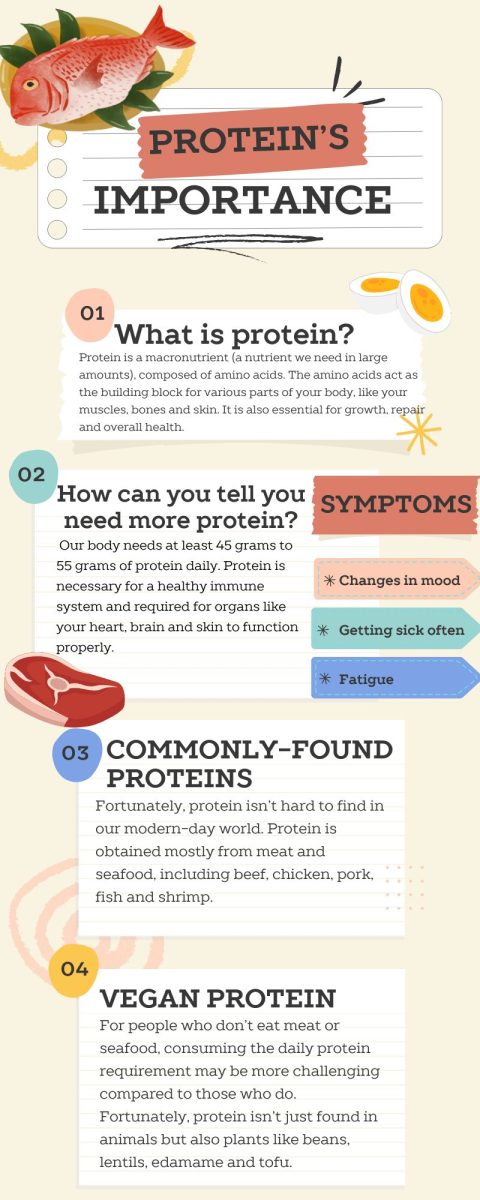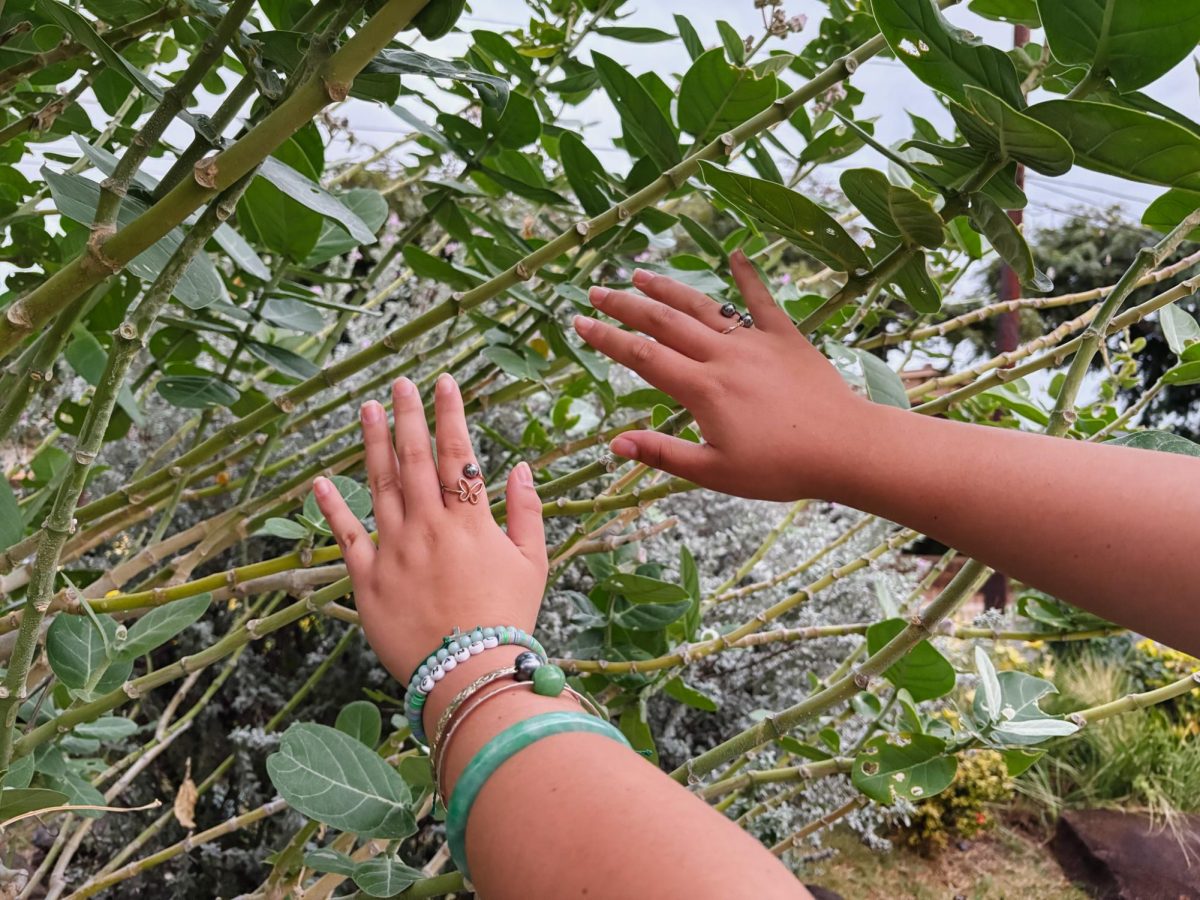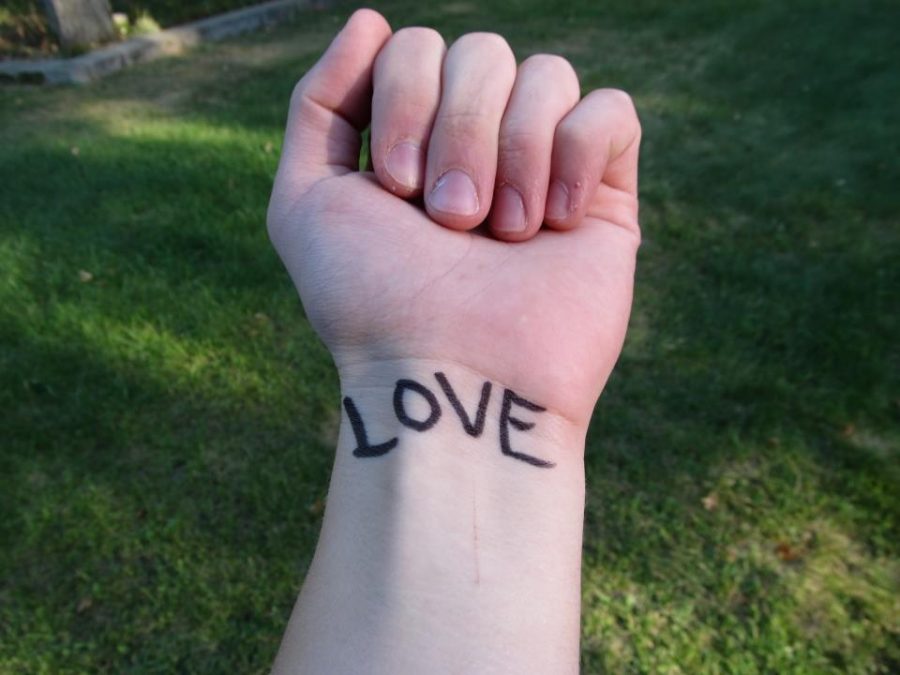Suicide: Raising awareness and saving lives
September is often noted for its hot weather and the rush of a new school year; however, it is also a time to bring attention to a very serious subject: suicide.
Raising awareness
To raise awareness about this major public health issue, September has been named National Suicide Prevention Awareness Month. This time of year is meant to promote resources, awareness and discussions around the issues of suicide prevention.
Suicide, as defined by Merriam-Webster, is “the act or an instance of taking one’s own life voluntarily and intentionally.” It is also the 10th leading cause of death in the U.S, claiming the lives of about 42 thousand people in 2013, according to the American Foundation for Suicide Prevention (AFSP) and the Centers for Disease Control and Prevention.
Among the youth population, it is the third leading cause of death in 15 to 24-year-olds. According to healthychildren.org, “at least 90-percent of teens who kill themselves have had some type of mental health problem, such as depression, anxiety, drug or alcohol abuse, or a behavioral problem…or a combination of all these things.”
Among the most common methods of committing suicide, in 2014, was the usage of firearms; other methods included suffocation by hanging and poisoning. In addition, those who do not attempt suicide often struggle with suicidal thoughts and resort to self-harm, usually by means of cutting or burning themselves.
Despite what misconceptions of suicide lead people to think, suicide is not a rash decision someone makes, according to AFSP; it is often the result of a buildup of negative emotions that causes a person to feel such intense sadness or anger. To them, the only way to subdue these feelings is to end their life.
Helping those in need
Despite the complexity that surrounds suicide, it is preventable, and lives can be saved. Ways to help prevent suicide, according to AFSP, include being informed and being able to identify the warning signs of suicidal thinking in loved ones.
These signs include: always talking or thinking about death; losing interest in things one used to care about; saying things like, “It would be better if I wasn’t here” and making comments about being hopeless, helpless or worthless.
Once an individual recognizes these signs, the next step would be to offer support; this can be done in a multitude of ways, including seeking help from a healthcare professional, providing the number for the National Suicide Prevention Lifeline or consoling that individual, ensuring him or her that someone is there to help.
For more information, visit AFSP’s website at https://afsp.org/.

Kailanianna Ablog is a current senior at Sacred Hearts Academy and a third-year Journalism student. She is the president of Korean Club, the Outreach Head...




























